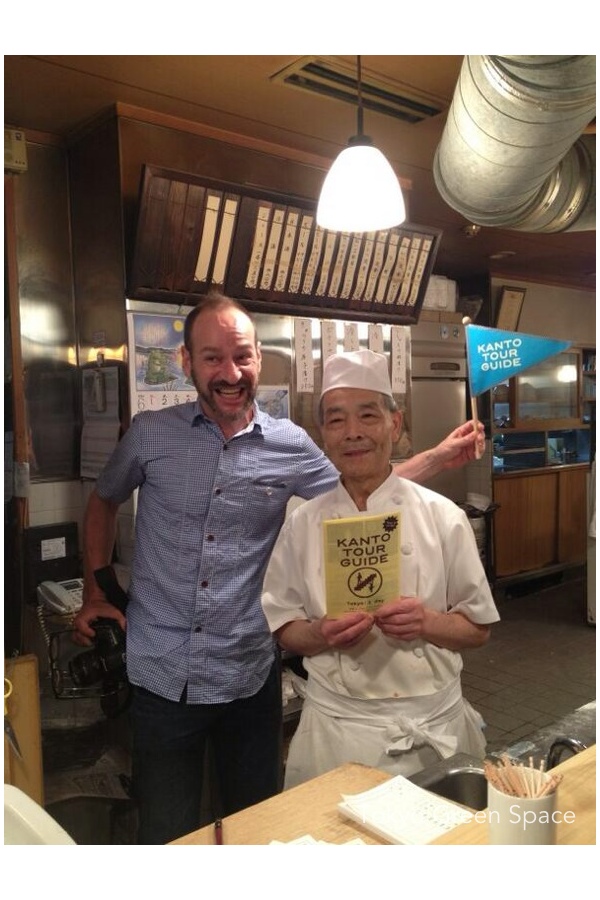
The last post about Big Globe reminded me of two recent dinners I attended in Tokyo and Kanagawa which featured food with visible and interactive connections to the farmers who produced them.
The first was a mochi party at the ceramic studio where I am a student. Their annual mochi party used special rice grown by Niigata farmers. The teachers found them online last year, and this year along with the huge bag of rice, they included the above image showing the family that creates the rice. I like how they also include a QR code.

The other event was a lavish dinner hosted by a Japanese architect friend that featured Kyushu pork fed a persimmon diet. The dinner included seven courses all of which included pork and persimmon, including an amazing sweet-and-sour and a tonkatsu with cream cheese and persimmon inside the batter. Both at the party and in the email invitation, we learned about the River Wild Ham store, and how it used fallen organic persimmons from Kakinoya farm as feed. The taste was astounding.
Given the discussion of technology in the previous post, it is interesting how these rural farmers are connecting with city people with online stores, blogs, QR codes, and Flickr accounts. I do not fully understand the “21st century rock and roll heart” branding, but clearly the pork store wants to be contemporary and relevant to today’s buyers.
Lastly, I realize that more and more vegetables in Tokyo now include images of the farmer. Well, given how industrial most farming is, I wonder how accurate some of these images are. Still, I think it is part of a broader interest by city people to know where their food comes from, how it is made, and who is making it.





